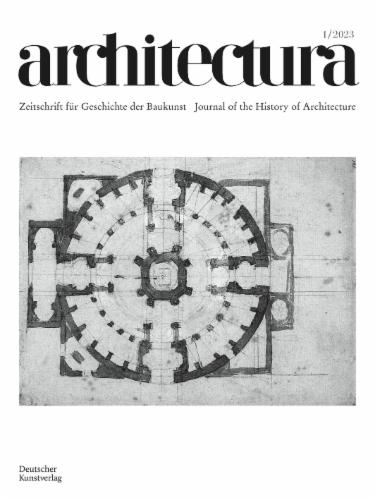
Old Columns, New Architecture
Yoshihiko Ito
From the Journal: architectura
Published online:
19 May 2025
Abstract
Aligning load-bearing vertical posts to make an interior space is a longstanding practice, evident in Mediterranean architecture, where stone columns became the standard among all the materials and forms used by the Greeks and Romans. From the late Antiquity to the Middle Ages, Christians and Muslims repurposed those stone columns for their prayer halls. This paper delves into the architectural practices of the Iberian Peninsula from the 8th to 10th century, focusing on the strategic use of spolia columns at the ends of colonnades. Though its colonnaded interior spaces are apparent continuity from early Christian basilicas, close observation reveals that their ›architects‹ prioritized using reused columns at the ends of the colonnades. It questions the balance between maximizing column usage and adhering to logical construction principles.
Aligning load-bearing vertical posts to make an interior space is a longstanding practice, evident in Mediterranean architecture, where stone columns became the standard among all the materials and forms used by the Greeks and Romans. From the late Antiquity to the Middle Ages, Christians and Muslims repurposed those stone columns for their prayer halls. This paper delves into the architectural practices of the Iberian Peninsula from the 8th to 10th century, focusing on the strategic use of spolia columns at the ends of colonnades. Though its colonnaded interior spaces are apparent continuity from early Christian basilicas, close observation reveals that their ›architects‹ prioritized using reused columns at the ends of the colonnades. It questions the balance between maximizing column usage and adhering to logical construction principles.
Other articles in this issue:
architectura Issues
Volume 53 (2025)
Volume 52 (2022)
Volume 51 (2021)
Volume 50 (2020)
Volume 49 (2019)
Volume 48 (2018)
Volume 47 (2017)
Volume 46 (2016)
Volume 45 (2015)
Get instant, unlimited access to this journal
Related titles
Would you like to receive monthly information about new publications and events?

